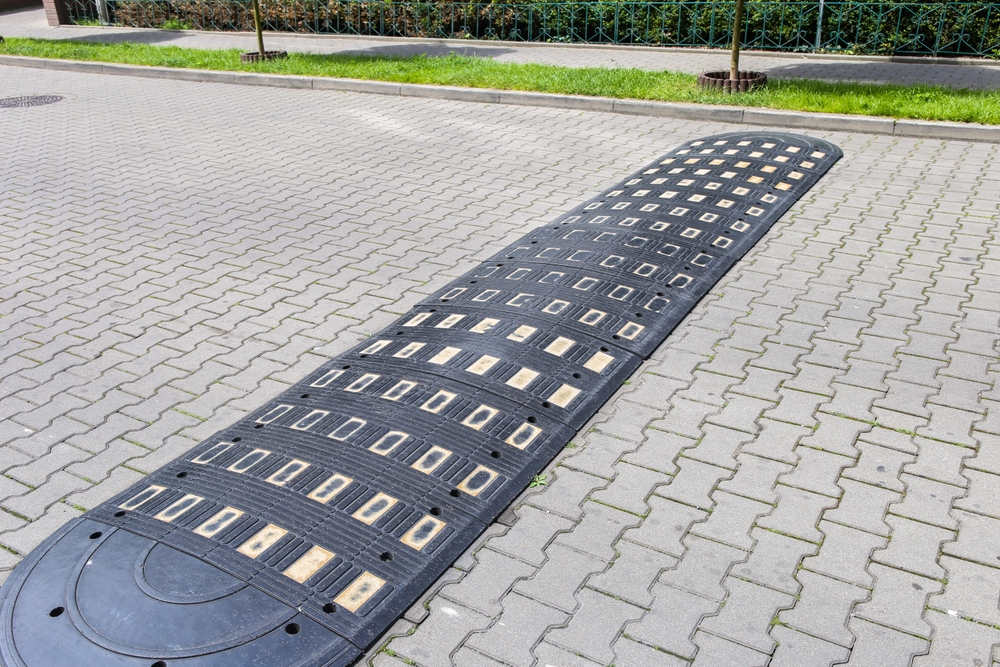How to Choose the Right Aluminium Canopy for Your Ute: A Comprehensive Guide
Have you got an avid sense of adventure and a utility
vehicle that's your pride and joy? Do you often find yourself enamoured with
the idea of turning your vehicle into a platform for exploration, adventure or
work utility? As an enthusiast vehicle owner, such questions are possibly
swirling around in your mind. The next query is this: how can you equip your
Ute to tackle the challenges thrown by nature and workloads, without
sacrificing your ride's aesthetic appeal? The answer lies in an aluminium canopy.
This blog post takes you on an insightful journey of understanding why an
aluminium canopy may just roll the dice perfectly in your favour, and how to
choose the perfect one for your Ute.
Admittedly, there's simply more to aluminium canopy
selection than meets the eyes, and this detailed guide will break down the
nitty-gritty for you. To put you in the driver's seat of decision-making, this
comprehensive guide will envelop key sections like why you need a canopy, what
key features you should look for, the pros and cons, and specific tips on
choosing an aluminium canopy that works for you.
Why Choose an Aluminium Canopy?
 |
| Aluminium Canopy |
Key Features to Look for in an Aluminium Canopy
Next comes understanding the critical features any good
aluminium canopy should have. Diving into the thickness of the aluminium used,
the design specifics that boost a canopy's functional viability, the available
storage solutions it brings into the picture, and more; this section covers it
all. Also, we shed light on how these features tie into your specific
requirements.
Pros and Cons of Opting for an Aluminium Canopy
Like any other choice, opting for an aluminium canopy for
your Ute has its shares of pros and cons. On one hand, you have benefits like
enhanced vehicle functionality, compelling aesthetics, and impressive security.
On the flip side, there are also considerations like the impact on fuel
economy, and potential need for suspension upgrades. This balanced view can
help you take a holistic decision.
When to Consider an Aluminium Canopy
While an aluminium canopy can be a worthy addition, the
timing of installation plays an integral role. This section discusses the ideal
times and scenarios when an aluminium canopy can prove exceptionally
beneficial. Whether it's about embarking on a long exploration journey or
simply enhancing your vehicle's capabilities for everyday utility, you'll get
your answers here.
Selecting an Aluminium Canopy for Your Ute - Top Tips
Moving on to the 'how' aspect, this section furnishes a
handful of tips to help you select the right aluminium canopy. You'll
understand how your usage needs, budget preferences, aesthetic interests, and
vehicle's specifications dictate the final choice.
How to Care for Your Newly Installed Aluminium Canopy
Firstly, clean your aluminium canopy regularly to prevent
the build-up of dust, debris, and grime. Use a soft brush or cloth with a
gentle, non-abrasive detergent mixed with warm water. Remember, harsh chemicals
can damage the canopy's surface, so it's best to stick with mild, eco-friendly
cleaning solutions.
Secondly, inspect your canopy frequently for any signs of
wear and tear. Check for any loose screws, damaged parts, or any areas that may
need repainting. Prompt attention to minor issues can prevent them from turning
into major problems down the track.
Lastly, don't forget to check and clean the underside of
your canopy. It can accumulate a fair bit of dirt and grime, especially if it's
near a busy road or a tree. Regular cleaning will keep it looking fresh and
new.
Conclusion
Choosing the right aluminium canopy for your Ute is as much about comprehension as it is about weighing options against your personal preferences and needs. And hopefully, this comprehensive guide has served its purpose of providing valuable insights, answering key queries, and equipping you with a broad perspective to help you make a well-informed choice. Remember, it's this prudently chosen accessory that can significantly augment your Ute's functionality and safety, while also giving it a dash of panache. happy riding, and may your aluminium canopy serve you well for years to come!




